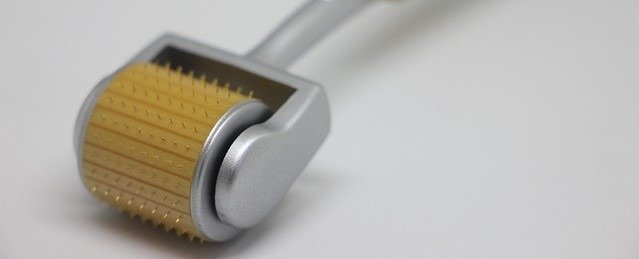Board-certified plastic surgeon Dr. Steven Davis is back with another episode of The Plastic Surgery Revolution, and this one likely affects you or somebody you know. The vaping trend has taken the world by storm, and although it may seem “100% safe,” we’re here to let you in on the truth.
No longer do we just include “Do you smoke?” on our patient intake forms. We now need to know if our client vapes as well in order to give their skin a proper assessment. Vaping has been known to lead to an increased appearance of wrinkles, extreme dermatitis reactions, and more.
Are you interested in learning more about how vaping can affect your skin? Tune in!
Thank you for tuning in to The Plastic Surgery Revolution. If you would like more content with Dr. Steven Davis, check out our Youtube channel. Please give us a follow on social media to keep up: Instagram / Twitter.
More Podcasts From Dr. Davis
[display-posts category_id=”10″ posts_per_page=”5″]


